1. Peanut Butter and Jelly Halves

In the 2000s cafeteria, the PB&J was the definition of stability. Whether it came from home in a sandwich bag or from the school’s own thick white bread with grape jelly that stained your fingers, it was always trade-ready. Kids with peanut allergies couldn’t participate in this market, making PB&J even more valuable in schools that still allowed peanuts before allergy rules tightened. A half-sandwich was perfect; filling enough to matter, but small enough to negotiate with. You could swap a quarter of one for a cookie, or the whole half for chips and maybe a fruit snack if you had leverage. It was a lunchroom safety net when pizza day disappoints or the hot meal smelled suspicious. PB&J wasn’t flashy, but it was consistent fuel for the playground and a reliable bargaining chip when negotiations intensified.
2. Unopened Pudding Cups

Chocolate and vanilla Snack Pack pudding cups were the cafeteria’s protected currency. Their aluminum lids signaled untouched value; no spoon dents, no suspicious peel. Kids learned early on that once opened, you could only eat it; the instant “seal break” meant zero trading power. But unopened, it was a dessert bond you could hold onto for peak demand, usually near the end of lunch when sweet cravings soared. Some kids even saved them for the bus ride home, like long-term investors storing value for later. Teachers trusted pudding cups more than candy, which made them easier to exchange in plain sight. No refrigeration needed, no expiration threat, just a sweet, shelf-stable asset that everyone respected. If you had two pudding cups? You weren’t just eating well, you were basically a cafeteria tycoon.
3. The Premium Apple
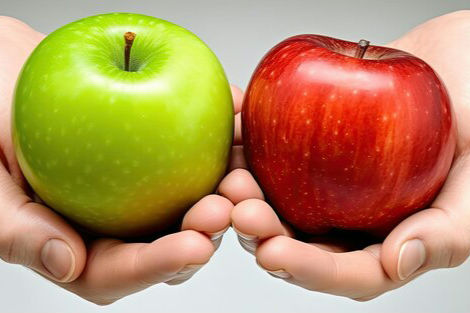
Not all apples earned the same trading respect. The ones from home, unbruised and super shiny, sometimes even still cold from the fridge, were treated like top-tier produce stock. They signaled someone cared about packing your lunch, and that care held emotional value in the market. School-issued apples were hit or miss, either too soft, waxy, or with mystery spots that lowered their rating. But a crisp Pink Lady or Fuji? That was leverage. Health-conscious kids and those trying to impress teachers would trade big for one, like a pack of fruit snacks and a granola bar. Parents always asked, “Did you eat your fruit?” So securing an apple could solve a problem at home, too. A perfect apple wasn’t just nutritious, it was proof of responsible eating, and that boosted its cafeteria exchange rate in surprising ways.
4. Snack Cakes: The Instant Gratification IPO

Little Debbie, Hostess, Cosmic Brownies, these snack cakes were the rockstars of the 2000s lunch table. They were usually the first thing someone tried to trade or eat, because demand peaked fast and dropped just as quickly. Once lunchtime neared its end, nobody wanted a heavy chocolate cake weighing them down in gym class, so value decayed like a stock after its opening frenzy. The kids who traded snack cakes early were the strategic investors, swapping short-term hype for long-lasting gains, chips, crackers, sometimes even a juice box. The ones who held onto them too long? Well, they typically ended up eating their own asset before the bell. And if your parents packed the good ones (Zingers, Swiss Rolls) you instantly became the broker everyone wanted to talk to.
5. Flamin’ Hot Chips
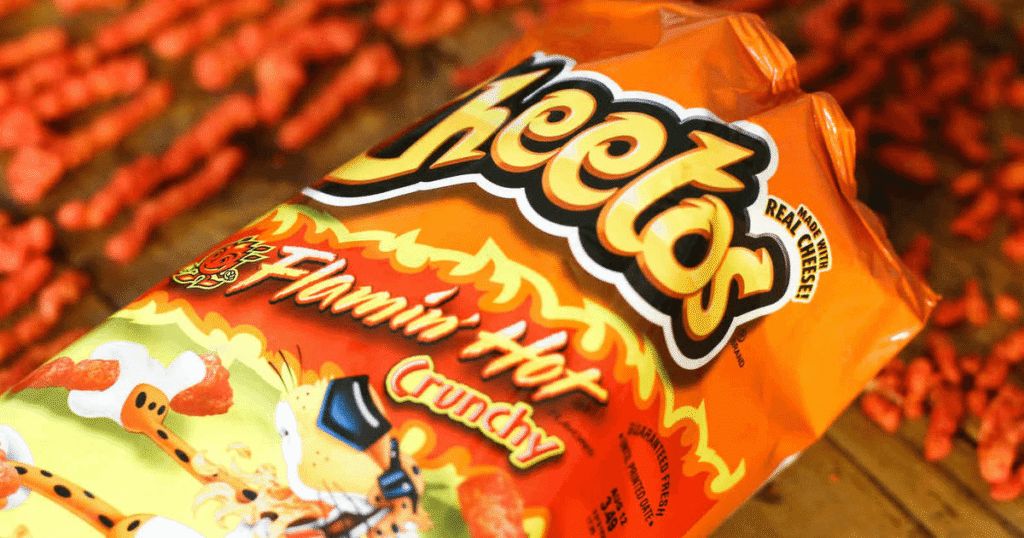
In the 2000s, Flamin’ Hot Cheetos became a cultural event especially if your school allowed them before the “red finger ban.” Their spicy heat was a badge of toughness, something you bragged about enduring. They were also risky inventory; one spill on your white uniform shirt and the value dropped, plus you’d draw unwanted cafeteria monitor attention. Kids often broke a small handful off to trade, high value due to portion-ability. They fed a demand for daredevil snacking, and you could practically sell them by the finger. Even if you didn’t like spicy food, you might still trade for them just to look bold. With a crinkling bag and the scent of artificial chili in the air, Flamin’ Hots weren’t just snacks. They were a social statement.
6. Lunchables: The Packaged Portfolio
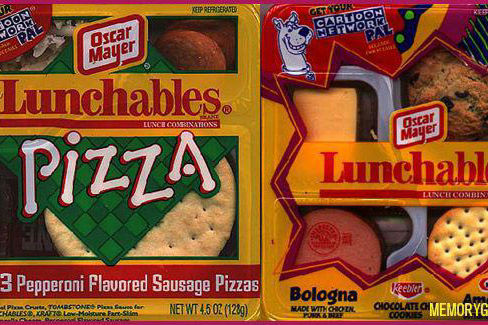
Lunchables were the ultimate status lunch, stocked with name-brand security: Oscar Mayer meat, stackable cheese, crisp crackers, sometimes even a Capri Sun and a mini candy bar. If you had the Pizza Lunchables, especially the top tier, you were a lunchroom aristocrat. These weren’t easily traded in full; they were too valuable. Instead, one perfect cracker-meat-cheese combo could net you a bag of chips or two snacks of lower status. Meanwhile, those who forgot utensils might beg for the tiny red plastic spreader like it was bonus stock. And when Lunchables Got Dessert with mini Oreos or Airheads? You suddenly held a diversified meal plan rivaling any cafeteria index fund. Even teachers would smile knowingly; everyone understood the power Lunchables held.
7. Chocolate Milk Cartons
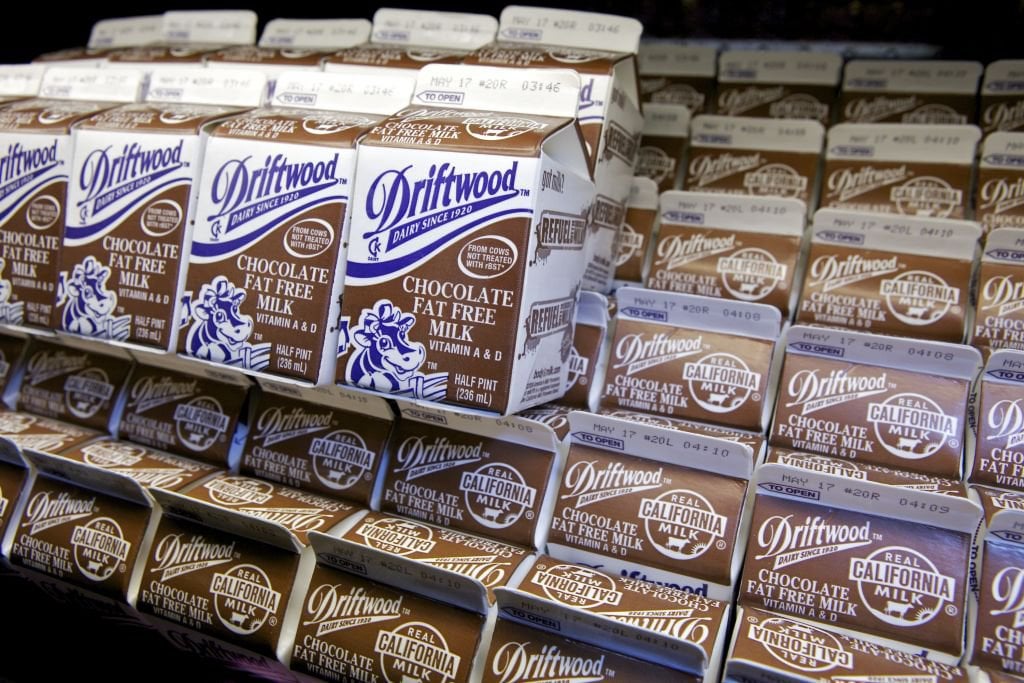
Chocolate milk was the steady currency backed by the school itself, purchased with actual lunch money. Those small, hard-to-open cartons held a consistent and predictable trade value: usually equivalent to chips or a dessert. On days when the carton came out colder than usual, demand spiked; nothing paired better with rectangle pizza or chicken nuggets dusted in mystery breadcrumbs. White milk was common, but chocolate milk was a privilege, sometimes limited, sometimes sold out fast, which turned it into a supply-and-demand lesson no textbook could teach. Kids learned to guard their cartons like prized assets, especially if they had already opened the straw hole. Chocolate milk was comfort, energy, and a bit of sweetness… priceless on a tough school day.
8. Fruit Roll-Ups and Gushers
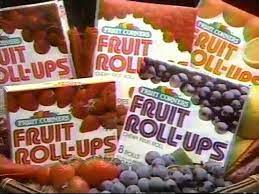
These weren’t snacks, they were social experiences. Fruit Roll-Ups came with peel-out shapes or tongues printed with edible tattoos, turning lunch into a mini-event. Gushers oozed with bright juice centers that burst like fireworks. Kids would unroll a Roll-Up and cut deals: one bite for three pretzels, half a roll for a snack cake. And if a pack came with that rare tropical flavor? Premium rates immediately. They were sugary, bright, and everything parents worried about making them even more desirable. The high “fun factor” outweighed nutritional logic completely. You didn’t eat them quietly, you displayed them, attracting traders the moment the wrapper crinkled. These were the dessert derivatives that ruled lunch with pure excitement.
9. Home-Baked Cookies
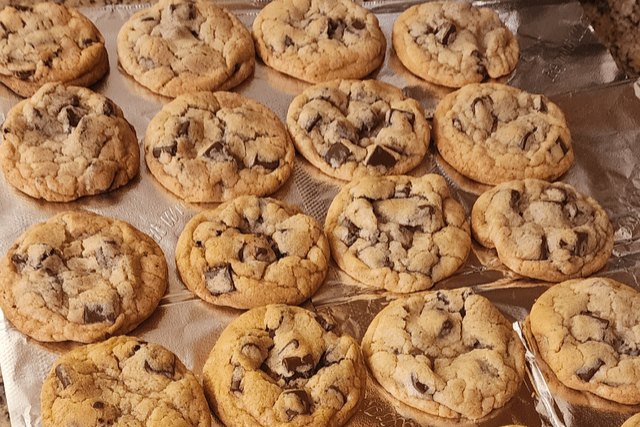
You always knew when someone’s family baked cookies the night before, and Ziplock bags came out full and warm, making the cafeteria buzz. Homemade chocolate chip cookies carried emotional value: they weren’t just snacks, they were love wrapped in plastic. And love is rare in a mass-produced marketplace. Some were soft and gooey, others oversized bakery-style, sometimes studded with M&Ms that made them practically priceless. Teachers might comment, “Lucky you!” which only increased prestige. A single cookie could trade for entire entrée portions because it reminded everyone of real kitchen care, so different from shelf-stable brownies and plasticky cafeteria desserts. If you were the one bringing them? You suddenly had more friends than seats at your table.
10. Condiment Packets

Ketchup, ranch, mayo, these tiny packets that could transform disappointment into satisfaction. Ranch skyrocketed in value in the 2000s, especially in schools where it wasn’t always handed out. Kids treated it like liquid gold for dipping pizza crusts or taming dry chicken patties. There were unofficial black markets at certain tables where someone always carried extras. One condiment packet could make a mediocre sandwich tolerable and that utility powered its economic importance. These were add-on enhancements, much like minor costs, huge returns. Even cafeteria workers knew what they were worth, sometimes rationing them more strictly than dessert. If you were that kid who grabbed a handful before the monitor noticed? You controlled flavor inflation.
11. The ‘No Thank You’ Side Dish
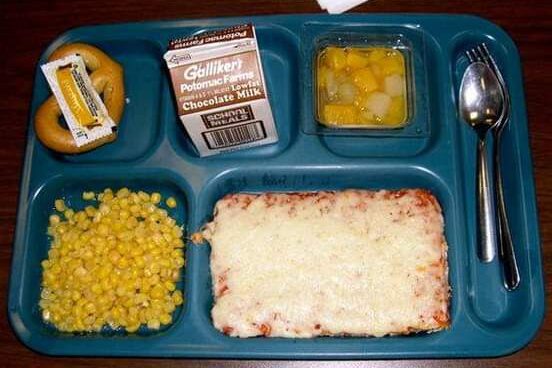
Cafeterias loved offering fruit cups in syrup, those sealed peaches or suspicious veggies everyone side-eyed. These were the forced-upon assets whereby schools insisted, kids resisted. Most ended up abandoned, traded quickly just to get them off the tray. But some creative traders hoarded them like junk bonds, then flipped several at once for one valuable item. On the very best days, a rare kid actually liked these sides, and they became the market’s most important buyer, absorbing leftover inventory. Whether it was raisins stuck together or baby carrots too dry to crunch, these sides taught everyone that value isn’t universal, sometimes it’s just timing and the right person at the right table.
12. The Sandwich Crust Tax
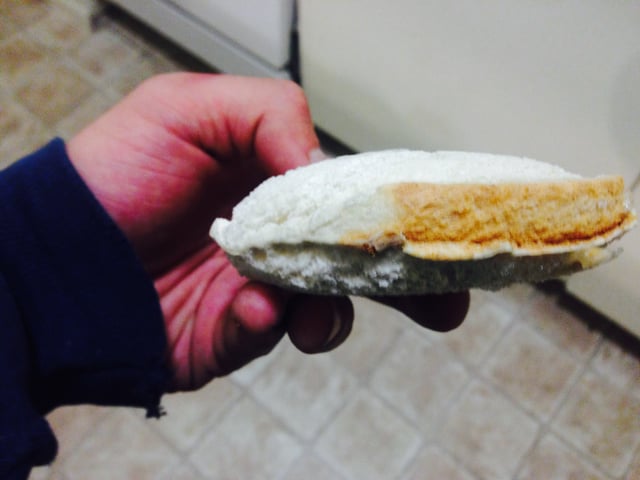
In many homes, kids argued for crust-free sandwiches so if someone brought a whole one, they could negotiate a clever deal: you get half, but you remove the crusts from the rest. It mimicked real-world trade fees a small chore cost for a high-value good. For picky eaters, crust management was crucial. But if you were the practical type, eating crusts meant extra calories and a better deal. Some would even collect discarded edges and turn them into their own lunch of proof that resourcefulness always pays off. And every parent who insisted “the crust is the best part” unknowingly taught us about accepting hidden costs in exchange for long-term gain.
13. Cold Pizza Slices
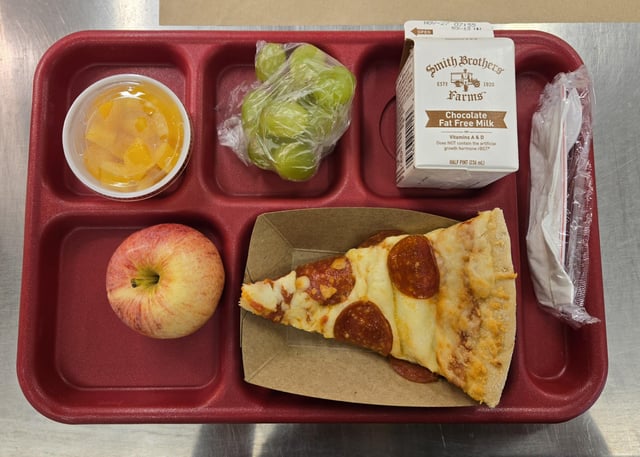
Leftover pizza from home, wrapped in foil or placed in a plastic container, or added to the school lunch plate, radiated prestige. It meant your house had pizza yesterday, and it was a luxury in itself. Cold pizza didn’t need reheating to be irresistible; cheesy and slightly firm from the fridge, it tasted like weekend freedom. One slice could net you multiple traded items such as chips, dessert, maybe even a Lunchable component. Friday night leftovers were the most valuable on Monday mornings, when school food fatigue was highest. Kids would gather around just to ask, “Where’s that from?” Whether it was Domino’s, Pizza Hut, or homemade, cold pizza held power. It symbolized comfort, choice, and a little bit of home brought to the table.
The lunchroom floor was more than just a place to eat; it was an accidental, perfectly functioning micro-economy. The constant negotiation, the tracking of ‘exchange rates,’ and the rapid decision-making required for a successful trade equipped students with an intuitive grasp of basic economics long before they ever stepped into a classroom with a finance textbook. These childhood swaps were practical, hands-on masterclasses in value, leverage, and the unpredictable forces of supply and demand.
Like this story? Add your thoughts in the comments, thank you.


